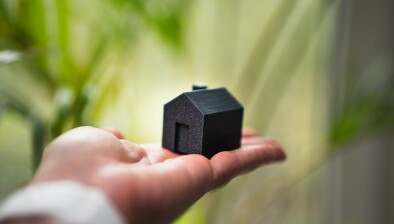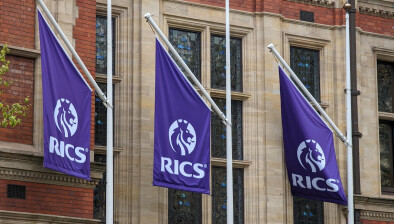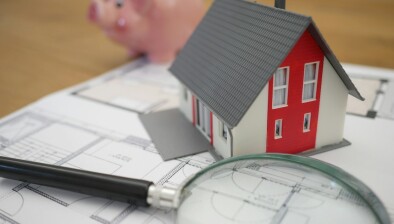RICS: New buyer enquiries continue to rise as agreed sales declines
The housing market in Scotland is facing an imbalance between demand and supply which is impacting on sales and pushing up prices, the most recent RICS Residential Market Survey has suggested.

A net balance of +8% of respondents to the latest survey said there was an increase in new buyer enquiries however a net balance of -8% of respondents said there was a decrease in new instructions to sell, meaning an increase in demand for properties but a decrease in supply. This is a trend that has been evident in the market in Scotland for the past seven months.
This consequently may have had an impact on newly agreed sales in February with a net balance of -18% reporting a decrease in newly agreed sales. The lack of supply also appears to be pushing up prices. A net balance of +74% of Scottish respondents reported price increases in the latest survey.
The results of the survey though showed optimism in the outlook for activity in the market with a net balance of +25% expecting sales to increase, a similar trend which can be seen throughout the UK. Prices are also expected to continue rising according to a net balance of +46%.
RICS member David Cruickshank from DM Hall LLP based in Elgin said: “The local market is still characterised by the lack of supply. Consequently, most sales are competitive, resulting in closing dates, multiple offers and increasing house prices.”
Phiddy Robertson, associate of RICS and part of the Galbraith Group in Inverness, said: “There seems to be a hiatus in the market we feel caused by sellers reluctant to list because they worry they won’t find a property to buy. We expect things to ease as we move into spring.”
RICS member Thomas Baird from Select Surveyors based in Glasgow added: “The residential market is still healthy in terms of demand for most central areas and surrounding. The investor market is suffering a lack of supply, driving prices at the lower end upwards.”








